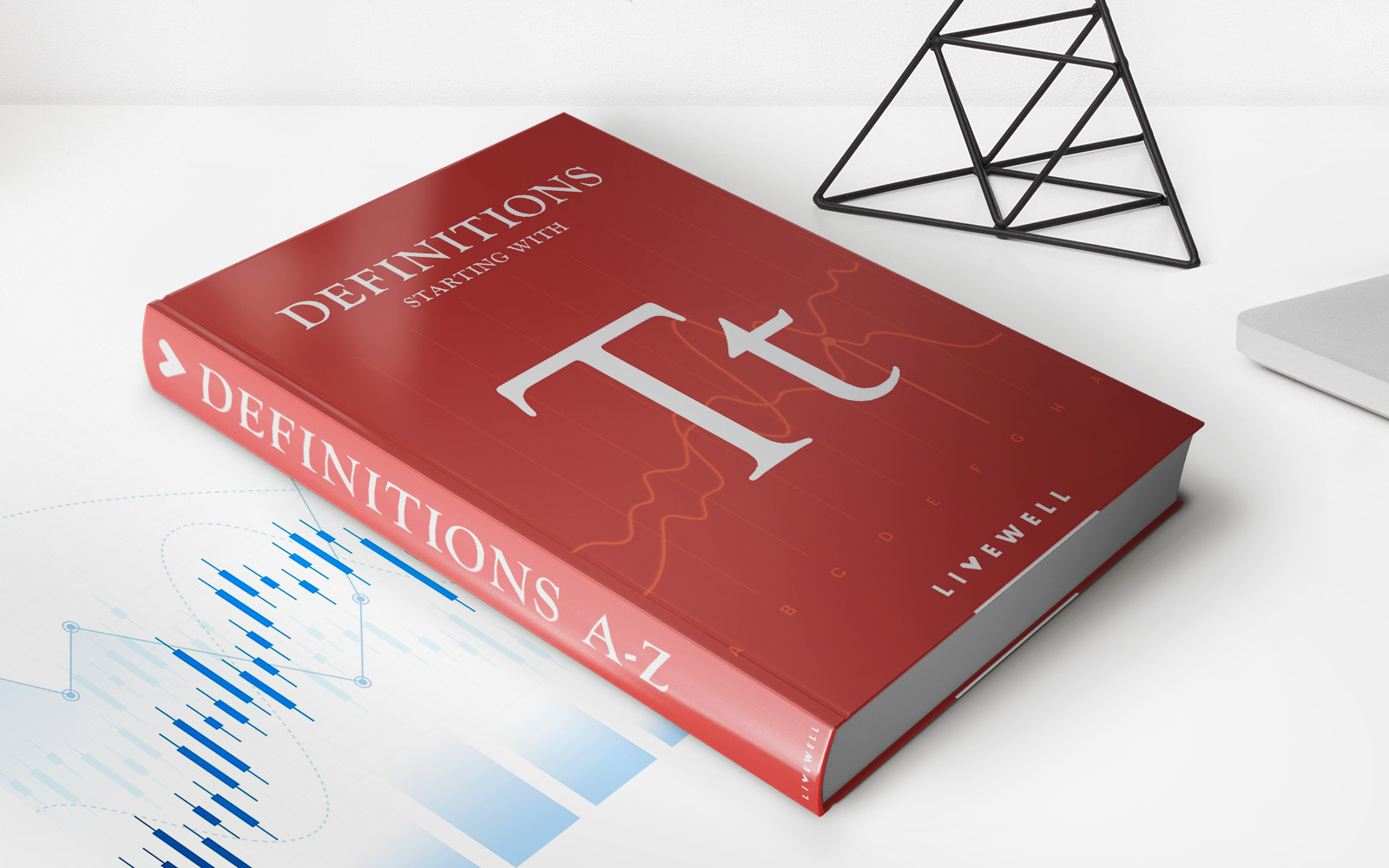Home>Finance>Painting The Tape: Definition, Legality, Example


Finance
Painting The Tape: Definition, Legality, Example
Published: January 5, 2024
Discover the concept of "painting the tape" in finance - its definition, legality, and real-life examples. Stay informed on the strategies used in the financial market.
(Many of the links in this article redirect to a specific reviewed product. Your purchase of these products through affiliate links helps to generate commission for LiveWell, at no extra cost. Learn more)
Understanding Painting the Tape: Definition, Legality, and Examples
When it comes to the world of finance, there are numerous strategies and techniques employed by investors to manipulate the market. One such technique is painting the tape. But what exactly does this term mean, and is it legal? In this article, we will delve into the definition of painting the tape, explore its legality, and provide an example to help you understand how it works.
Key Takeaways:
- Painting the tape refers to the practice of manipulating the price or volume of a security.
- This technique is considered illegal and unethical in most jurisdictions.
Definition of Painting the Tape
Painting the tape is a term used to describe the act of artificially influencing the price or volume of a security. It involves engaging in deceptive trading practices to create a false impression of market activity.
Typically, this manipulation takes place through coordinated trading activities among a group of individuals or entities. The goal is to create an illusion of increased demand or supply for a particular security, thus influencing other market participants to buy or sell based on the deceptive information.
Is Painting the Tape Legal?
No, painting the tape is not legal. This practice is considered illegal and unethical in most jurisdictions. It violates securities laws and regulations that aim to maintain a fair and transparent market. Engaging in painting the tape can lead to severe penalties, including fines, imprisonment, and the revocation of trading licenses.
Painting the tape is seen as a form of market manipulation, as it distorts the true supply and demand dynamics of a security. It undermines the integrity of the market and can harm unsuspecting investors who make trading decisions based on the false information created through this practice.
Regulatory bodies, such as the Securities and Exchange Commission (SEC) in the United States, actively monitor and investigate suspicious trading activity to detect and prevent market manipulation, including painting the tape. Their aim is to maintain market fairness and protect investors from fraudulent practices.
Example of Painting the Tape
Let’s say there is a thinly traded stock called XYZ Company. A group of investors interested in manipulating the market decides to engage in painting the tape to control the stock’s price and volume. Here’s how they might execute their plan:
- The group starts buying and selling the stock among themselves at an artificially inflated price.
- They use multiple trading accounts to create the illusion of high trading activity.
- These transactions are done without any genuine economic reason or intention to hold the stock long-term.
- The group’s activity attracts the attention of other market participants who believe there is significant interest in the stock.
- These market participants decide to buy the stock, driving up its price even further.
- Once the price reaches a desirable level, the group starts selling their holdings, taking advantage of the artificially created demand.
- The stock price eventually corrects itself as the artificial demand disappears, leaving unsuspecting investors who jumped in at the inflated prices at a loss.
This example demonstrates how painting the tape can artificially manipulate the price and volume of a security, leading to deceptive market conditions and potential losses for unsuspecting investors.
In Conclusion
Painting the tape is a deceptive trading practice that involves artificially manipulating the price or volume of a security. While it may seem like a lucrative strategy, engaging in painting the tape is both illegal and unethical. Regulators actively monitor and investigate suspicious trading activity to maintain market fairness and protect investors from fraudulent practices. It is essential for all market participants to operate with integrity and adhere to the laws and regulations that govern trading activities.














